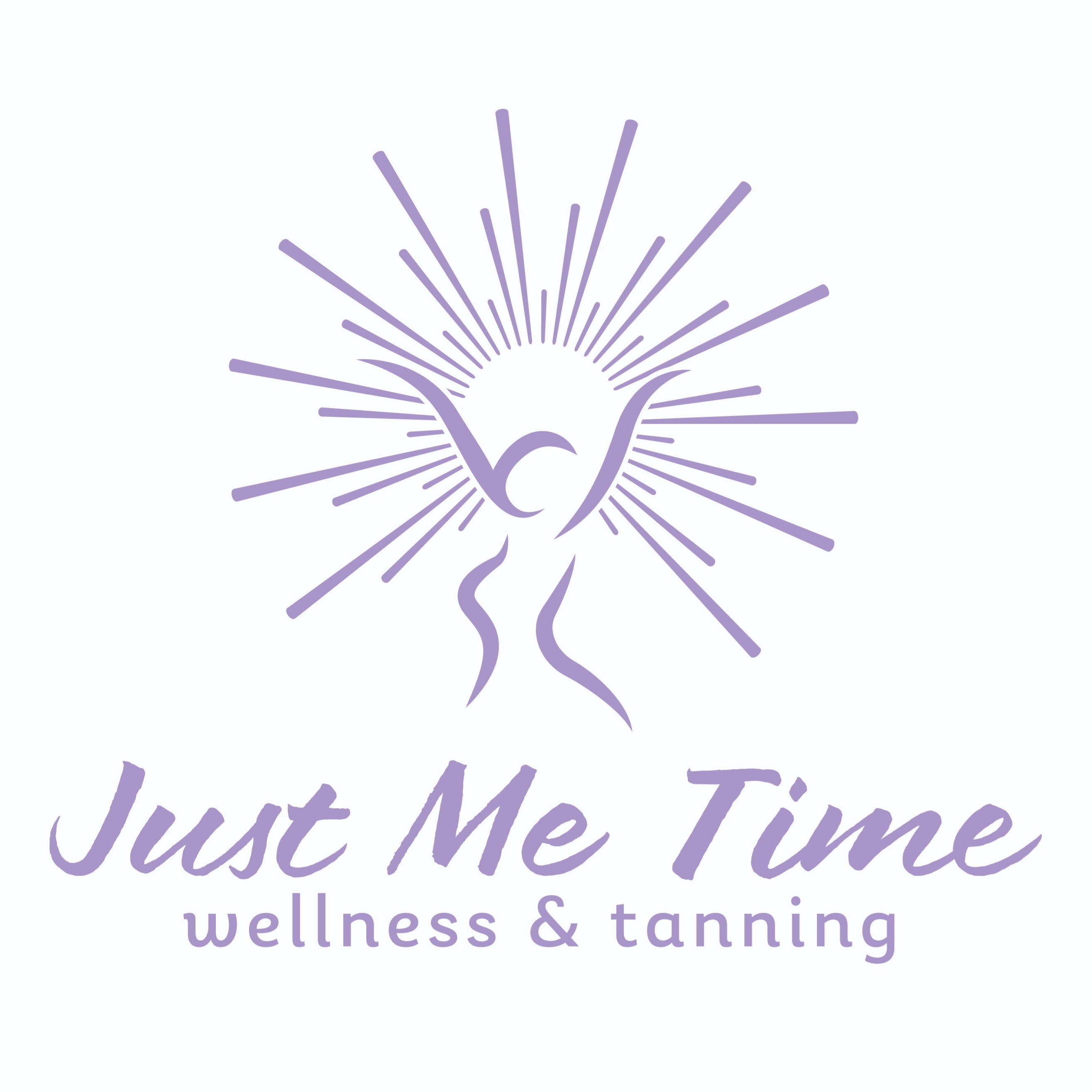The Role of Tanning in Skin Health and Wellness
- Just Me Time null
- Aug 12
- 4 min read
Tanning has long been a topic of debate among health and wellness enthusiasts. While some decry the practice as harmful, others tout its benefits. Understanding the role of tanning in skin health requires a balanced perspective. In this post, we will explore the various aspects of tanning and its impact on wellness.
Tanning Wellness: Nurturing Your Skin
The pursuit of radiant skin often leads individuals to consider tanning as part of their wellness routine. Tanning can enhance the appearance of the skin by providing a bronzed glow that many find appealing. It can also help increase vitamin D levels in the body, which is crucial for overall health. Vitamin D plays an important role in calcium absorption and bone health, and can have positive effects on mood.
Indoor tanning options like sunbeds are popular, but safety is essential. Some studies suggest that moderate use can be safe, as long as skin burns are avoided. For many, the benefits of a healthy glow can positively influence self-confidence. However, it is critical to practice responsible tanning habits and to understand both the risks and rewards.

The Science Behind Tanning
Understanding the science of tanning can demystify its effects on the skin. When UV rays hit the skin, melanocytes produce melanin, which causes skin darkening. This protects the deeper layers of skin from damage. However, excessive UV exposure can lead to skin damage, premature aging, and even skin cancer.
According to the American Academy of Dermatology, even minor sunburns can increase future skin cancer risk. Therefore, it is essential to balance sun exposure with skin protection. Always use a sunscreen with at least SPF 30, and reap the benefits of limited sun without risking your skin's health.

Balancing Risks and Benefits
Finding balance is crucial when it comes to tanning. The potential benefits of moderate solar exposure include:
Mood Improvement: Natural sunlight helps improve mood by increasing serotonin levels in the brain. Many people experience a boost in well-being after spending time outdoors.
Vitamin D Production: Exposure to sunlight aids in vitamin D synthesis, which is vital for bone health and can also enhance immune function.
Nevertheless, the risks cannot be ignored. Skin cancer remains a leading health issue in many countries. The World Health Organization states that UV radiation is a major environmental pollutant linked to an increased risk of skin cancer. Hence, awareness and education can guide individuals toward safer tanning practices.
Alternatives to Direct Sun Exposure
For individuals who want a tanned appearance without the risks linked to UV exposure, several alternatives exist:
Self-Tanning Products: Options like lotions, sprays, and mousses can help achieve a bronzed look without sun exposure. These products often contain DHA (dihydroxyacetone), which reacts with the skin's outer layer to create a temporary tan.
Bronzers: Makeup bronzers can give instant color and are easily removable. They offer the flexibility of changing intensity based on preference.
Spray Tanning: Professional spray tanning services offer a controlled method for achieving a healthy glow. These apps typically apply product evenly, reducing the chances of streaks or uneven coloring.
Whichever method chosen, individuals should read ingredients carefully and conduct patch tests to ensure no adverse reactions occur.

Responsible Tanning Practices
If you choose to embrace tanning, adopting responsible practices is key. Here are actionable recommendations to ensure skin health while enjoying the benefits of tanning:
Know Your Skin Type: Different skin types react differently to UV exposure. Fair-skinned individuals are more prone to burns and should limit exposure.
Limit Sun Exposure: Ensure you do not exceed the recommended time in the sun. Start with short sessions and gradually increase as your skin acclimates.
Stay Hydrated: Drink plenty of water to keep your skin hydrated. Hydration is essential for skin elasticity and can help prevent sun damage.
Monitor Skin Changes: Regularly check your skin for any new moles or changes to existing moles. This can aid in the early detection of potential skin issues.
Use Protection: Whether tanning indoors or outdoors, wear protective clothing and use broad-spectrum sunscreen. Even a subtle tan should be paired with sun protection.
By integrating these practices into your tanning routine, you can enjoy its benefits while minimizing risks.
Embracing Your Skin Journey
Tanning can play a positive role in one's wellness journey, especially when approached with care. It is important to respect your skin's unique needs and treat it with kindness. Whether through sunlight, self-tanners, or professional services, maintaining skin health should always be a priority. Listening to your body and engaging with knowledgeable professionals can guide you toward the healthiest tanning practices.
As you explore your tanning options, remember that wellness is holistic. A balanced approach that considers both physical and mental health will lead you towards a more fulfilling skin journey. If you want to dive deeper into the world of wellness and skin care, check out this resource on tanning.

In this evolving conversation about tanning and wellness, let balance be your guide. Each individual's journey is unique, and understanding your skin is vital. Take care of your skin, and it will reward you with radiance and health.





Comments